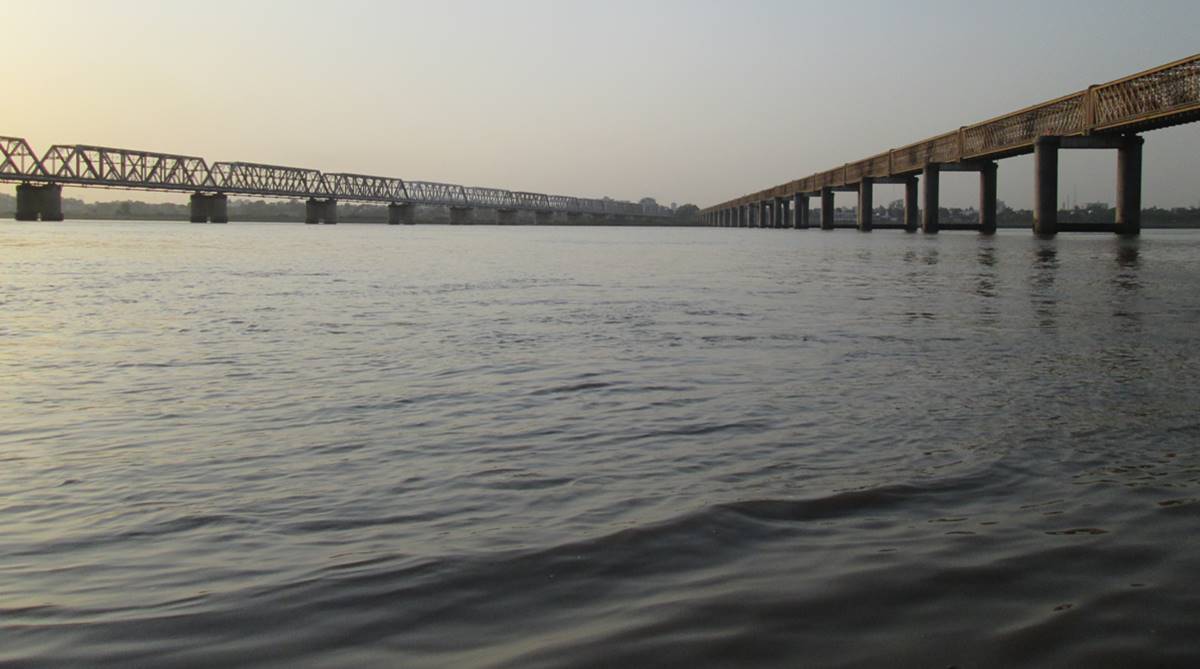PM expresses concern over Myanmar, Thailand quakes, offers all possible assistance
He extended his heartfelt prayers for the safety and well-being of those impacted by the calamity.
Authorities and environmentalists have locked horns over the possible reason behind an imminent disaster; environmentalists feel there is a danger of a quake hitting the dam in the long run
Rathin Das | Ahmedabad | February 13, 2019 11:13 pm

The Sardar Sarovar Narmada Nigam Limited had last week suspended water supply to 138 villages in the vicinity due to reports of sulphide contamination accompanied by mass fish death in the reservoir. (Photo: Wikimedia Commons/Tailorpratik85)
The recent contamination of water in the huge Narmada Dam catchment area is snowballing into a big mystery as the authorities and environmentalists have locked horns over the possible reason behind an imminent disaster. The authorities have explained that the sulphide contamination in the millions of acre feet (MAF) Narmada water body has been caused by mild seismic activity that caused a fissure in the river bed through which toxic gases have seeped in from the core of the earth.
If this explanation is accepted as correct, environmentalists feel there is a danger of a quake hitting the dam in the long run.
Advertisement
The Sardar Sarovar Narmada Nigam Limited (SSNNL), the apex agency for the dam and canal network, had last week suspended water supply to 138 villages in the vicinity due to reports of sulphide contamination accompanied by mass death of fishes in the reservoir.
Advertisement
As the needle of suspicion pointed towards possible dumping of untreated chemical effluents by dubious factory owners, the authorities first attributed the sulphide content leading to mass death of fishes to decrease in dissolved oxygen in the upstream areas and also huge amounts of water being stagnant for two years due to insufficient rains. Later the authorities shifted the blame to a suspected seismic activity underneath the huge reservoir that might have released toxic gases into the water body.
The seismic activity explanation raises a very fundamental question about safety of the dam in the longer run, Vadodara-based environment activist Rohit Prajapati told The Statesman on Wednesday.
Acknowledging that it is not possible to contaminate such a huge water reservoir by dumping some untreated effluents, Rohit Prajapati said the authorities must thoroughly investigate the real cause behind the disaster.
Prajapati, along with other concerned citizens, has shot off a letter to the Narmada Control Authority (NCA) to disclose the reasons behind the sulphide contamination and decrease in dissolved oxygen levels which led to the mass death of fishes.
Advertisement
He extended his heartfelt prayers for the safety and well-being of those impacted by the calamity.
A massive 7.7 magnitude earthquake struck Myanmar on Friday with an aftershock of 6.4 magnitude just 12 minutes later.
The Congress has constituted a drafting committee for the upcoming AICC session in Gujarat.
Advertisement
